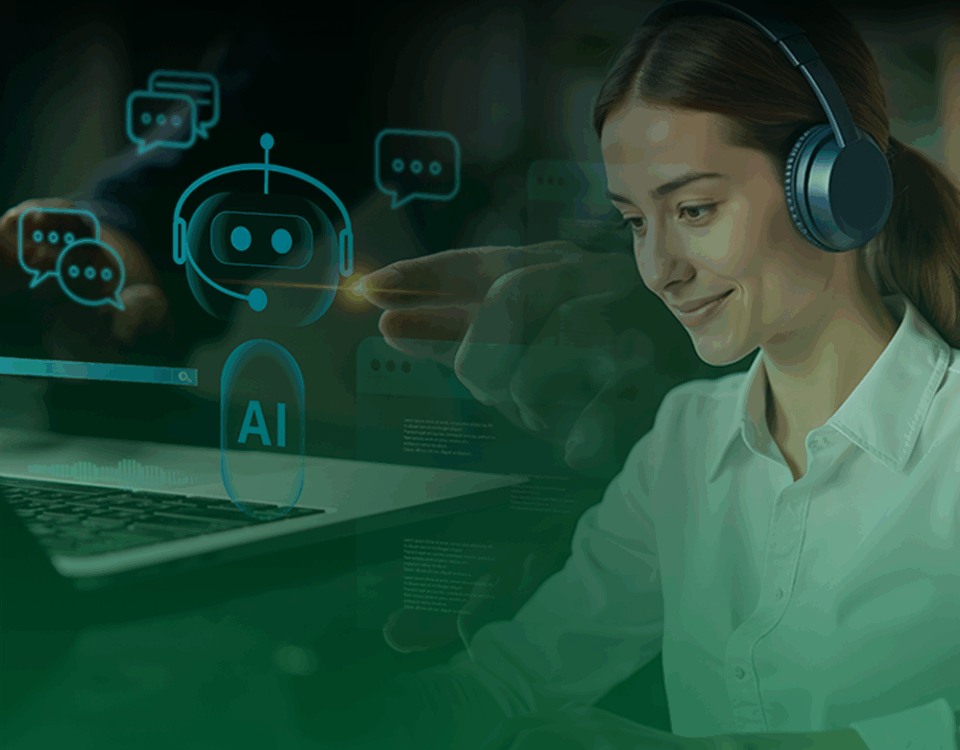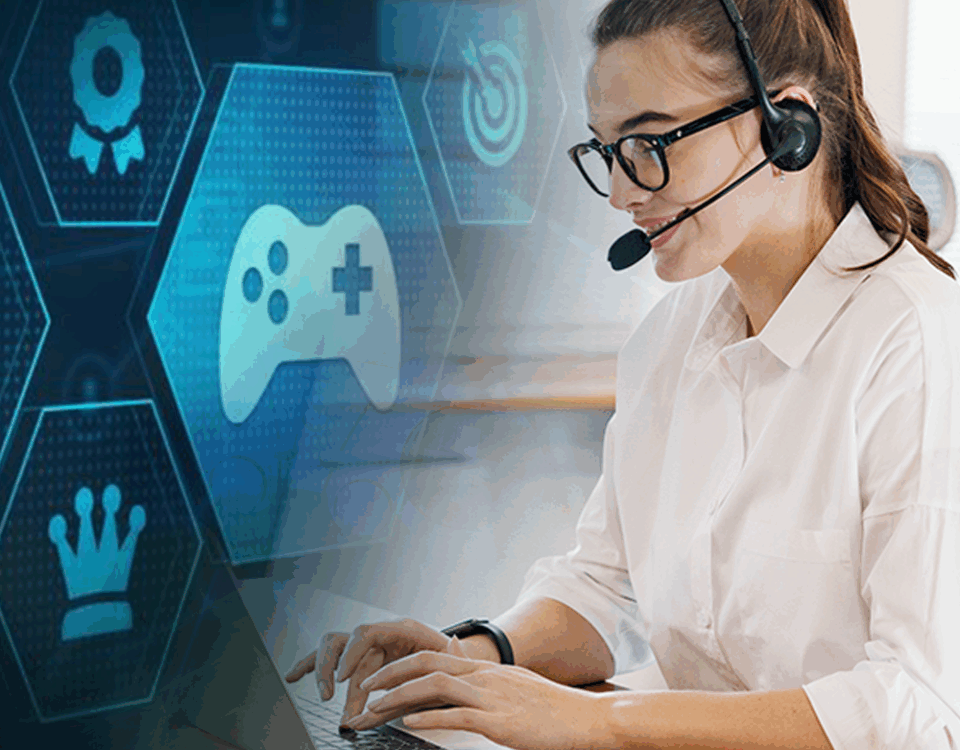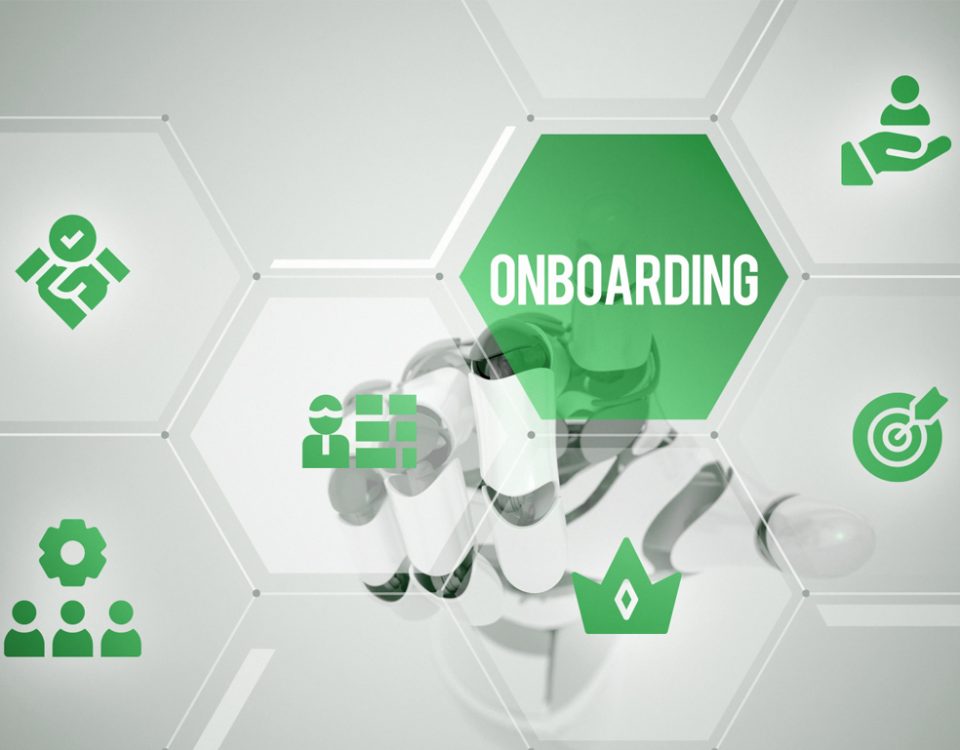
The Four Things You Need to Know Before Designing Your Whiteboard Animation Training Content
June 8, 2023
5 Great Training Tips to Optimize for Customer Satisfaction
June 8, 2023Author

Kadamberi Darad
Our traditional foundation holds itself strong in value system and institution, so why do employees dread participating in traditional learning? There are different people in different demographics with different learning styles. Existing employees are wandering on their job upgrades with continued survival strategies. In contrast, new employees eagerly want to prove themselves in this competitive market. Rapidly changing jobs and skills continually demand more efficient training strategies to prepare employees for the future of work. Taking organization to new pinnacles of performance requires continuous custom eLearning content development. This constant demand of upskilling and reskilling of the workforce is worrying Chief learning officers in maintaining a learning culture.
For Learning and Development (L&D) professionals, our employees are our greatest commodity and should be cared for and handled diligently.
From Preaching to Praise
Learning is an effort. Traditional training has a history of people going to classes to learn what is being taught. However, modern employees emphasize knowing the impact learning can have on their career growth, upskilling, organizational performance, etc. When we clearly define the ‘why’ of learning it fairly relaxes the curious, and inquisitive nature of the new generation. So how can custom eLearning content development aid in driving employees more invested in training? We have listed the following four goals to enable L&D to shift from preaching to praise/prominence. 1. Less Confusion, more training clarity. A confused employee cannot become a productive employee. The dispersed workforce already faces uncertainty. It is inevitable that we give employees clear, concise, and concrete knowledge which they can apply at work. Concerns such as why they need particular training, what impact is expected after the training, what the learning curriculum will look like, and whether training is linked to performance, compliance, behavior, etc., need to be addressed. We, as the L&D community, can reduce learning ambiguity by providing answers to these questions. How: With concise, crisp, and clear information on learning objectives, training duration, learning path, and progression. 2. Less lecture, more meaningful content. While we want our employees to do their best and keep progressing, the learning facility we provide is important. Meaningful custom eLearning content development encourages employees to pay attention, cultivate understanding, and explore higher-order thinking. It induces creative and critical thinking, problem-solving, and metacognition. Moreover, when combined with the right training methods and delivery, the appropriate, meaningful learning content kindles the learners’ desire and performance excellence. How: With microlearning, mobile learning, game-based learning, custom eLearning content development, blended learning, simulations, etc. 3. Less focused on conventional methods, more focused on innovative technology. Allow your employees to practice and learn while engaging their senses to the fullest. This process will help transform the knowledge into skills and behavior required in real scenarios. Technologies such as augmented reality (AR), virtual reality (VR), allowing freedom to fail, give employees knowledge, consequences, and decision-making ability along with hands-on practice. This also further boosts training retention. It is a faster way to make employees on-the-job-ready employees to be fully productive. How: With game-based learning, mobile learning, artificial intelligence (AI)-driven programs, robotic process automation (RPA), and experiential learning like AR, VR, and mixed reality training. 4. Less pretense, more backed by learning science and cognition. Humans are fueled by emotions that can trigger, replicate, and develop the desired behavior. The intricate process of learning involves a practice that is influenced by emotional and environmental factors. Designing a learning strategy backed by learning pedagogies, principles, and theories stimulates employees’ much-desired wisdom. In the current outflow of learning requirements across industries, creating a custom eLearning content development that addresses the forgetting curve, enhances knowledge retention, and makes the desired impact, is possible with cognition and the science of learning. How: Applying the principle of learning and cognition to form a relevant learning strategy. Among many things, the future of L&D is into crafting seamless learning strategies to boost performance and enhance learning culture. Organizations need to fast forward their learning and development strategy to scale with the rapid change across the globe. Transformative learning officers help their organization and employees thrive even when technologies, trends, or industries undergo speedy transformation. Learning solution providers like Ozemio suggest the required approach to design learning that shapes and optimizes your employees’ learning experience.
Related services
Product Engineering






